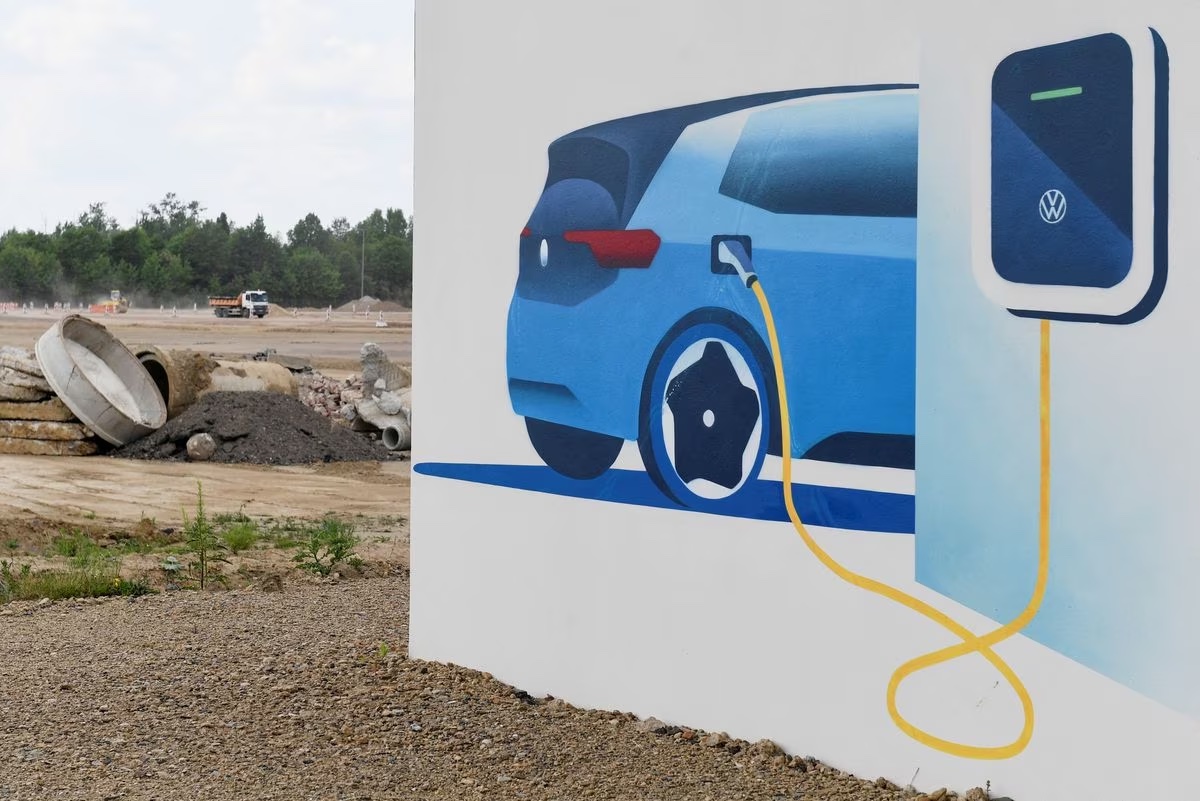PTI – Some technological advances may create or worsen the feeling of imbalance and prevent vehicle occupants from anticipating the itinerary. As a result, they increase the risk of undergoing sickness symptoms more frequently.
Around 25-30 per cent of the population regularly suffers from motion sickness – a figure which some reckon to be conservative. Symptoms of this poorly understood illness include nausea, sweating, pallor, hypothermia, headaches and vomiting. Mildly affected patients might also experience drowsiness, apathy or decreased cognitive abilities. It is estimated 60 to 70 per cent of travellers will suffer from it at some point. Motion sickness is experienced most commonly in cars, giving rise to the term car sickness. Passengers are prone to feeling sick because they are deprived of the capacity to anticipate trajectories, in contrast to drivers.
One would have thought that, in more than a century of automobile development, the issue of carsickness should have been be solved.
But that is anything but the case. As road vehicles continue to undergo technological metamorphosis, upheavals such as the electrification, digitalisation and automation of vehicles come with benefits – and issues.
In fact, some technological advances may create or worsen the feeling of imbalance and prevent vehicle occupants from anticipating the itinerary.
As a result, they increase the risk of undergoing sickness symptoms more frequently. Below are those whose effects are already documented.
By nature, an electric motor is more linear and quiet than a combustion engine. This advantage has the downside of preventing certain car users from assimilating the movement of the vehicle. For example, whereas we would associate acceleration with the engine revving in classic cars, electric cars suddenly deprive us of this reference point. Also gone are the combustion engine’s vibrations, which some perceive as soothing.
The use of regenerative braking, which captures the kinetic energy from braking and converts it into the electrical power that charges the vehicle’s high voltage battery, can also upset passengers’ balance. The decelerations induced by this system are usually low frequency, which is typical of a sickness-inducing motion force.
Another technological advance inducing motion sickness is the growing presence of ever larger and numerous screens inside vehicles.
These screens overburden users with visual information, which discourages them from looking outside. They thereby lose their ability to take in the ‘correct’ visual signals – i.e. the external view of the vehicle – which allow them to correctly perceive their position in space. That, in turn, induces sickness.
The rise of screens in cars is likely to increase in the coming years, including vehicles that could even feature screens on glass surfaces or offer on-board virtual reality experiences. This invasive environment can, in turn, impact upon passengers’ wellbeing. Indeed, the mere knowledge one is likely to suffer nausea from screens can stress vulnerable passengers, with research linking up to 40 per cent of motion sickness symptoms to passenger psychology.
The race among car manufacturers to create the first fully-automated vehicle is also likely to worsen the problem. While today’s vehicles are only partially automated, in future, they will be able to pilot themselves. As mentioned above, this is problematic when we know the act of driving is the best way to anticipate trajectories and curb symptoms.
Moreover, the disappearance of the driving cockpit will make it possible to redesign vehicle interiors to become more welcoming, like a rolling living room.
These new configurations will give passengers more freedom, allowing them for example to turn their seat rearwards-facing to chat with other occupants.
However, in the collective unconscious, sitting with one’s back against the road is associated with the likeliness of becoming sick. Although research has shown that it makes no difference with forward-facing orientations, this is another idea that may constitute a psychological bias toward symptoms.
Another promise of the autonomous vehicle is to allow its passengers to devote “idle” travel time to productive tasks or entertainment. The increasing appeal of taxi and Uber travel, where users tend to gaze at their digital devices, goes hand in hand with this trend. Here again, such distractions deter passengers from engaging with the landscape.
Finally, let us not forget the incidence of motion sickness ultimately remains moderate in non-automated cars because of drivers’ ability to adapt their driving style when their passengers report discomfort. This human dimension is set to disappear in autonomous vehicles, whose driving style will be less flexible and less natural than that of a human driver.
In the absence of effective means to mitigate motion sickness in cars, aggravated symptoms may ultimately lead consumers to reject such highly-evolved vehicles. Considering the ethical, psychological and legal dimensions related to their development, it may be that human beings would become the main obstacle to the adoption of these new types of vehicles.
For these reasons, automotive manufacturers and suppliers have shown growing interest in this phenomenon in recent years. Their purpose is to better understand it to alleviate it effectively – not out of public interest but because it could compromise the successful launch of their future products.
To date, the exact causes of motion sickness are still unclear, prompting industrial research to focus on how to limit its occurrence. Countermeasures are currently being researched. The latter include the use of visual, auditory and tactile signals to help users better perceive and anticipate the vehicle’s movements, but also the programming of a comfortable driving style that imitates that of a human being and limits sudden acceleration.











